The classification Granularity offered in VBIS and associated benefits
Why is the granularity offered in the VBIS asset classifications and tagging beneficial to asset owners and operators?
We have observed the definition of ‘asset’ can vary, where the asset can be the entire building, a piece of equipment within the building such as a chiller or a sub-component such as a fan that sits within an air handler unit. It is important that the granularity of a classification system supports the activities that manage the assets and achieve organisation objectives. The aim of asset classification is to provide a consistent structure to your asset register to allow clear identification, grouping and comparison. This consistency is essential to allow the accuracy needed for activities such as lifecycle planning, maintenance planning, performance benchmarking and contract management.
We have defined the granularity to the ‘Maintenance Managed Item (MMI)’ level. This is typically the lowest subdivision to carry the asset register and tagged asset information which balances the detail needed for asset management activities with the effort needed to keep the information updated.
These asset management activities include:
· Lifecycle and capital planning
· Performance tracking and benchmarking
· Maintenance planning and contractor management.
The tagged asset information provides easy access to the relevant information from design, thus providing a whole-of-life view of the asset which allows insight generation and decisions to be made.
Some examples that showcase the right balance in granularity achieved:
1. Chillers - We don’t specify the individual sub-components that make up a chiller but do list all the possible variants of chillers. With chillers the capital and operational decisions by operators and owners are made at the ‘equipment level’, not by ‘sub-components’ that make up the chiller. Maintenance is generally outsourced to a specialist that report specific works via work order reporting. As such, operators and owners would want insights generated that are at the ‘equipment level’. This includes insights such as why are similar chiller types within the portfolio performing differently or cost more than others to operate or reaching end of life prematurely.
2. Air Handler Unit – We have classified the variants/configurations of an AHU. However, there are also classifications available for some of the key components of the AHU like the Fan type, Filter type and the various building management sensors and control equipment fitted to it. Here the asset operators tend to have an interest tracking the performance of the individual components for tracking spares, frequency of maintenance, sub-component replacement, performance and impact on comfort conditions etc. And the ley components that make up the AHU can be maintained by separate specialists making the breakdown necessary.
Ultimately VBIS gives the adopter the flexibility to either track at the ‘equipment’ level or drill down to key ‘sub-components’ within the portfolio. In example 2, the adopter has the flexibility to track all content at the AHU level or by key subcomponents.
The Granularity of how the VBIS Tags can be adopted
The VBIS Tags are also available at multiple levels of granularity to assist with ease of adoption.
E.g.
ME-Chr is a Mechanical Chiller
ME-Chr-AC is Mechanical Chiller that is Air Cooled
ME-Chr-AC-Ce is a Mechanical Chiller that is Air Cooled and Centrifugal.
This is in consideration of the level of information that may be available initially within the organisation, where the tags can then be adopted as 2 or 3 levels to begin with yet still setting up the structure and process to work towards full VBIS tags. Ultimately having the full tags provides the right level so granularity needed for whole of life analysis of asset performance that helps with capital and operational analytics and decision making.
